Saving Makkasan's Green Space from Overdevelopment
Why is it so important to keep this patch of prime land green?
The last few months have seen plenty of column inches devoted to the 600-rai plot of greenery situated in the heart of the city, just twenty minutes from downtown Siam. The Makkasan rail depot is owned by the State Railway of Thailand (SRT) who are looking at redeveloping the land in an attempt to recoup some of the huge debts they currently hold. The obvious solution would be a shiny new concrete complex of hotels, malls, condos and office blocks but there has been growing opposition to this plan from environmentalists, architects, historians and even everyday Bangkokians who don’t want to see this green oasis lost forever. We spoke to various stakeholders in the project and found out why they feel Makkasan is so important to the city and what it could potentially be used for.
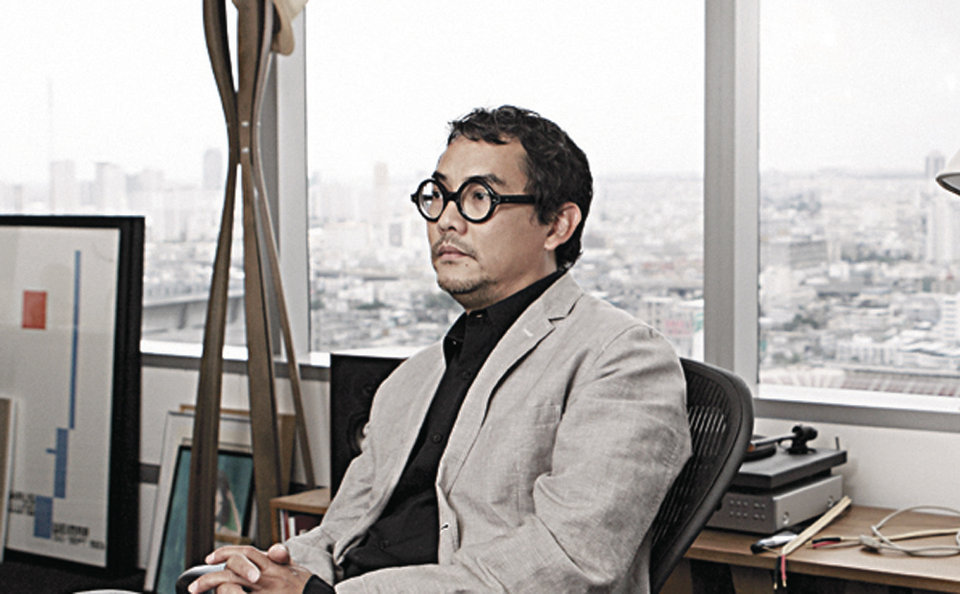 “No person can be blamed; it's down to all of us who never make a stand to protect green spaces in Bangkok. We speak out on what we want to have in this city, but gossiping and complaining can’t change things. The old Terms Of Reference (TOR) for Makkasan didn’t make any sense in terms of truly developing the city. The SRT needs B200 billion [to repay its debts] but no private sector company has that kind of huge budget to develop the Makkasan area, which could end up being another 'Hopewell' [a failed infrastucture project] if it isn’t well-planned. As a citizen and architect, I decided to go and talk to the Transport Minister Chatchart Sittipan to offer my idea about how Makkasan could be developed. I feel [my plan] is the better solution for the city. We can have a park, museum as well as commercial areas and a market like Chatuchak without cutting down all the trees and destroying the beautiful old buildings. The authorities might not listen but at least I made a stand for what I want for this city. Now it’s your turn to stand up for what you want in this city too.”
“No person can be blamed; it's down to all of us who never make a stand to protect green spaces in Bangkok. We speak out on what we want to have in this city, but gossiping and complaining can’t change things. The old Terms Of Reference (TOR) for Makkasan didn’t make any sense in terms of truly developing the city. The SRT needs B200 billion [to repay its debts] but no private sector company has that kind of huge budget to develop the Makkasan area, which could end up being another 'Hopewell' [a failed infrastucture project] if it isn’t well-planned. As a citizen and architect, I decided to go and talk to the Transport Minister Chatchart Sittipan to offer my idea about how Makkasan could be developed. I feel [my plan] is the better solution for the city. We can have a park, museum as well as commercial areas and a market like Chatuchak without cutting down all the trees and destroying the beautiful old buildings. The authorities might not listen but at least I made a stand for what I want for this city. Now it’s your turn to stand up for what you want in this city too.”
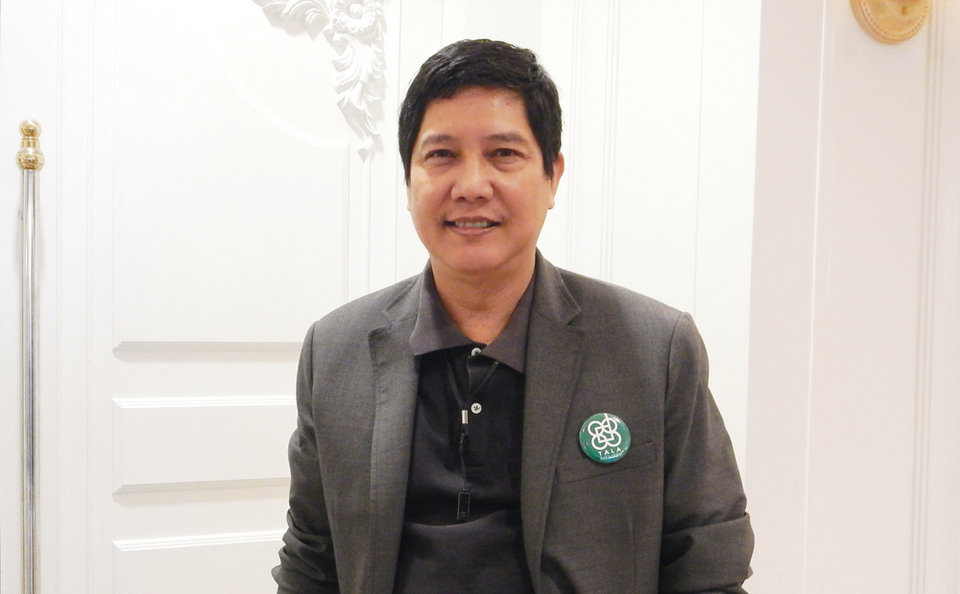 “Undeveloped land like this plays a really important part in absorbing water. Soil can absorb millions of cubic meters of rainwater every year. Makkasan is full of such land and is also home to a large swamp that acts like a cesspit for Bangkok. There's nowhere else like this in the city anymore. We already waste millions of Baht every year to buy oil to run water pumps to stop the flooding in the rainy season. So imagine if we cover Makkasan with concrete, where do you think all the water it currently retains will go? Think of the billions we’re going to waste having to deal with worse floods in the future.”
“Undeveloped land like this plays a really important part in absorbing water. Soil can absorb millions of cubic meters of rainwater every year. Makkasan is full of such land and is also home to a large swamp that acts like a cesspit for Bangkok. There's nowhere else like this in the city anymore. We already waste millions of Baht every year to buy oil to run water pumps to stop the flooding in the rainy season. So imagine if we cover Makkasan with concrete, where do you think all the water it currently retains will go? Think of the billions we’re going to waste having to deal with worse floods in the future.”
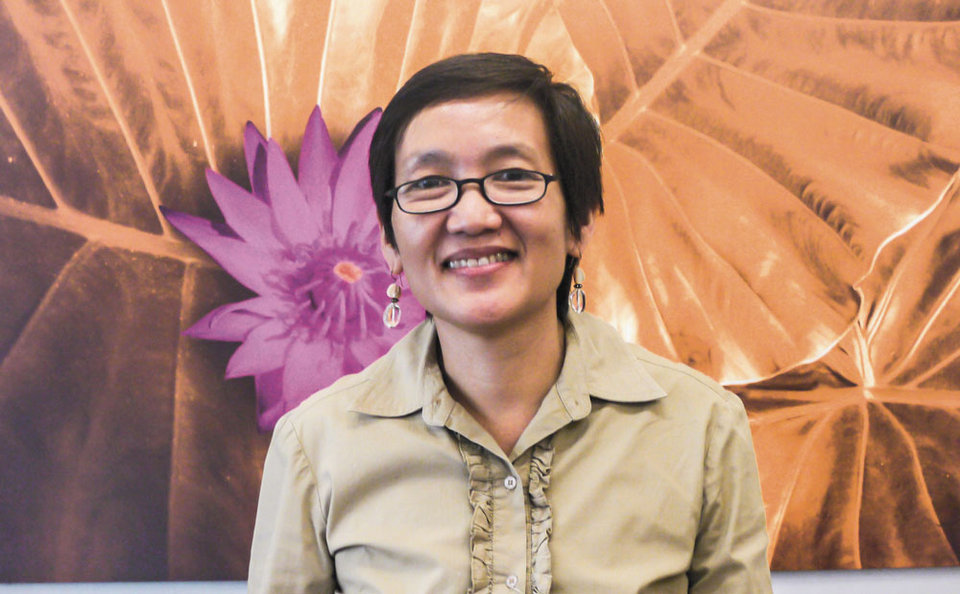 “Adaptive reuse for old buildings is a world trend and a way of preserving the city’s character and history, and in turn attracting visitors. For example, the Bercy area in Paris where they transformed 19th Century wine warehouses into shops and restaurants instead of just letting them decay. It’s now a popular area for people to hang out and shop. Bangkok must protect its heritage as a key selling point too. Makkasan isn’t a blank space with no history. It's home to Thailand’s first train factory and it’s main building was built way back in 1922. The building has such a high architectural value that the Association of Siam Architects (ASA) honored it with a Conservation Award in 2006. If we delete our roots by destroying our existing history, such as old buildings like these, then what story will we have left to tell the next generation and people from all over the world? Reading history books just can’t compare to seeing and touching something that is real and in front of you.”
“Adaptive reuse for old buildings is a world trend and a way of preserving the city’s character and history, and in turn attracting visitors. For example, the Bercy area in Paris where they transformed 19th Century wine warehouses into shops and restaurants instead of just letting them decay. It’s now a popular area for people to hang out and shop. Bangkok must protect its heritage as a key selling point too. Makkasan isn’t a blank space with no history. It's home to Thailand’s first train factory and it’s main building was built way back in 1922. The building has such a high architectural value that the Association of Siam Architects (ASA) honored it with a Conservation Award in 2006. If we delete our roots by destroying our existing history, such as old buildings like these, then what story will we have left to tell the next generation and people from all over the world? Reading history books just can’t compare to seeing and touching something that is real and in front of you.”
 “When we consider any giant development we must think of the characteristics of the city and how the development connects with people. Instead of targeting profit first, Makkasan should be developed as a mixed-use space. Think of Beijing’s 798 Art Zone that transformed a 50-year-old decommissioned military factory into a major art district. It is now a hugely popular area, has given people a creative space and also helped them to connect with each other. It makes the city more dynamic, helps increase the value of the neighboring properties and also generates income from tourists. Think of Makkasan’s location and its great transport options thanks to the Airport Link. It could become an important hub for Bangkok and all of its inhabitants, not just those with lots of money. King Rama V donated the land to the SRT 100 years ago with the aim of benefitting the country as a whole, so the SRT needs to stick to that vision.”
“When we consider any giant development we must think of the characteristics of the city and how the development connects with people. Instead of targeting profit first, Makkasan should be developed as a mixed-use space. Think of Beijing’s 798 Art Zone that transformed a 50-year-old decommissioned military factory into a major art district. It is now a hugely popular area, has given people a creative space and also helped them to connect with each other. It makes the city more dynamic, helps increase the value of the neighboring properties and also generates income from tourists. Think of Makkasan’s location and its great transport options thanks to the Airport Link. It could become an important hub for Bangkok and all of its inhabitants, not just those with lots of money. King Rama V donated the land to the SRT 100 years ago with the aim of benefitting the country as a whole, so the SRT needs to stick to that vision.”
 “It’s hard to find a space in Bangkok that serves everyone from kids to senior citizens. As a musician and teacher, it’s difficult to find a place for learning activities in the city. We need an open art square that can serve all kinds of art activities even dance! Creating culture makes people come to an area which in turn benefits local business and society.”
“It’s hard to find a space in Bangkok that serves everyone from kids to senior citizens. As a musician and teacher, it’s difficult to find a place for learning activities in the city. We need an open art square that can serve all kinds of art activities even dance! Creating culture makes people come to an area which in turn benefits local business and society.”
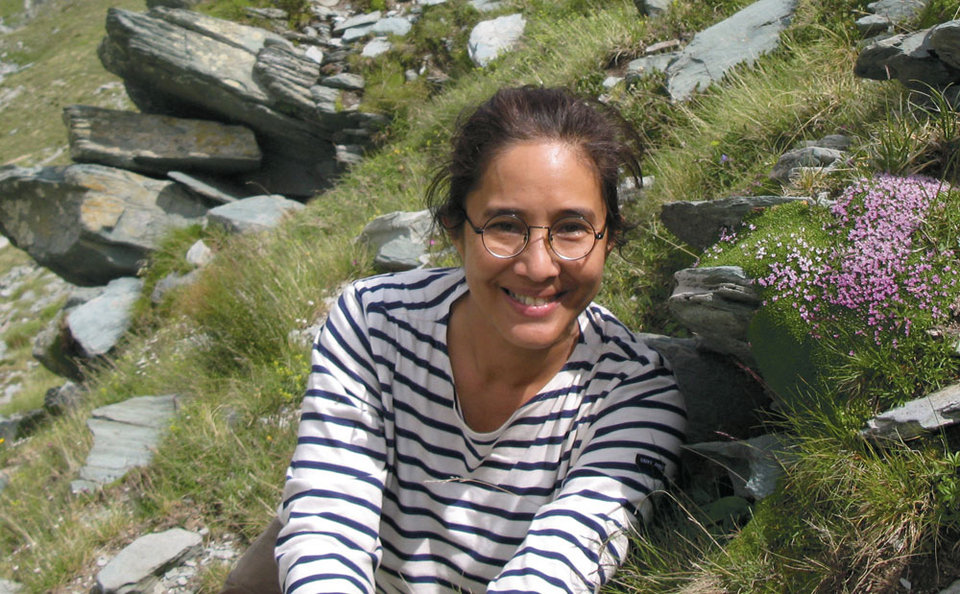 “Bangkok city is like hell on earth. The air in the inner city is choked by toxins from factories and cars that are fatal in the long term. The inner city has less than two sq meter of green space per person but you need green space to tackle air pollution. The only way of truly cleaning up our air is through our trees. We definitely need more green space.”
“Bangkok city is like hell on earth. The air in the inner city is choked by toxins from factories and cars that are fatal in the long term. The inner city has less than two sq meter of green space per person but you need green space to tackle air pollution. The only way of truly cleaning up our air is through our trees. We definitely need more green space.”
 “We as Bangkokians have focused on economic growth and neglected our quality of life for too long. Let’s create a society where parks are part of our life, not just shopping malls. Makkasan can easily become our new park as it’s already full of 100-year-old trees. It can be a place for people to learn about nature and the environment right in the heart of the city, while the gorgeous buildings can be a beautiful train museum. It only takes a few months to create a new building but it takes a 100 years to grow a big tree. Let’s make parks our new destination.”
“We as Bangkokians have focused on economic growth and neglected our quality of life for too long. Let’s create a society where parks are part of our life, not just shopping malls. Makkasan can easily become our new park as it’s already full of 100-year-old trees. It can be a place for people to learn about nature and the environment right in the heart of the city, while the gorgeous buildings can be a beautiful train museum. It only takes a few months to create a new building but it takes a 100 years to grow a big tree. Let’s make parks our new destination.”
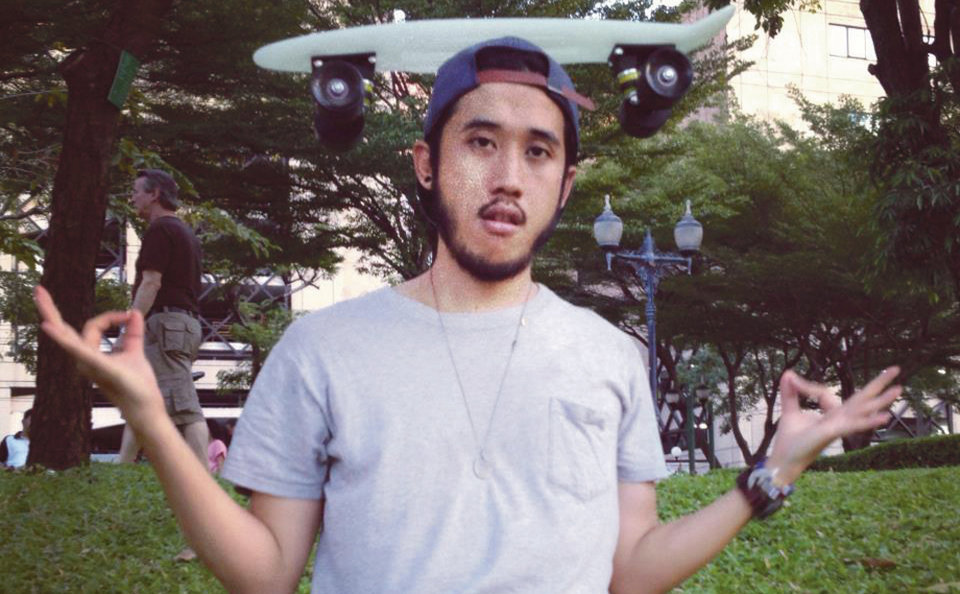 “It is time for Bangkok to have an area dedicated to art. Other major metropolises around the world have their art streets or art zones which help benefit street culture and the city’s overall creativity. As I live near Makkasan, I know how useless it is to have the land just sitting there doing nothing. It would be great for the community that surrounds it to have a museum or public space where artists and the public can gather and share ideas together.”
“It is time for Bangkok to have an area dedicated to art. Other major metropolises around the world have their art streets or art zones which help benefit street culture and the city’s overall creativity. As I live near Makkasan, I know how useless it is to have the land just sitting there doing nothing. It would be great for the community that surrounds it to have a museum or public space where artists and the public can gather and share ideas together.”
Advertisement